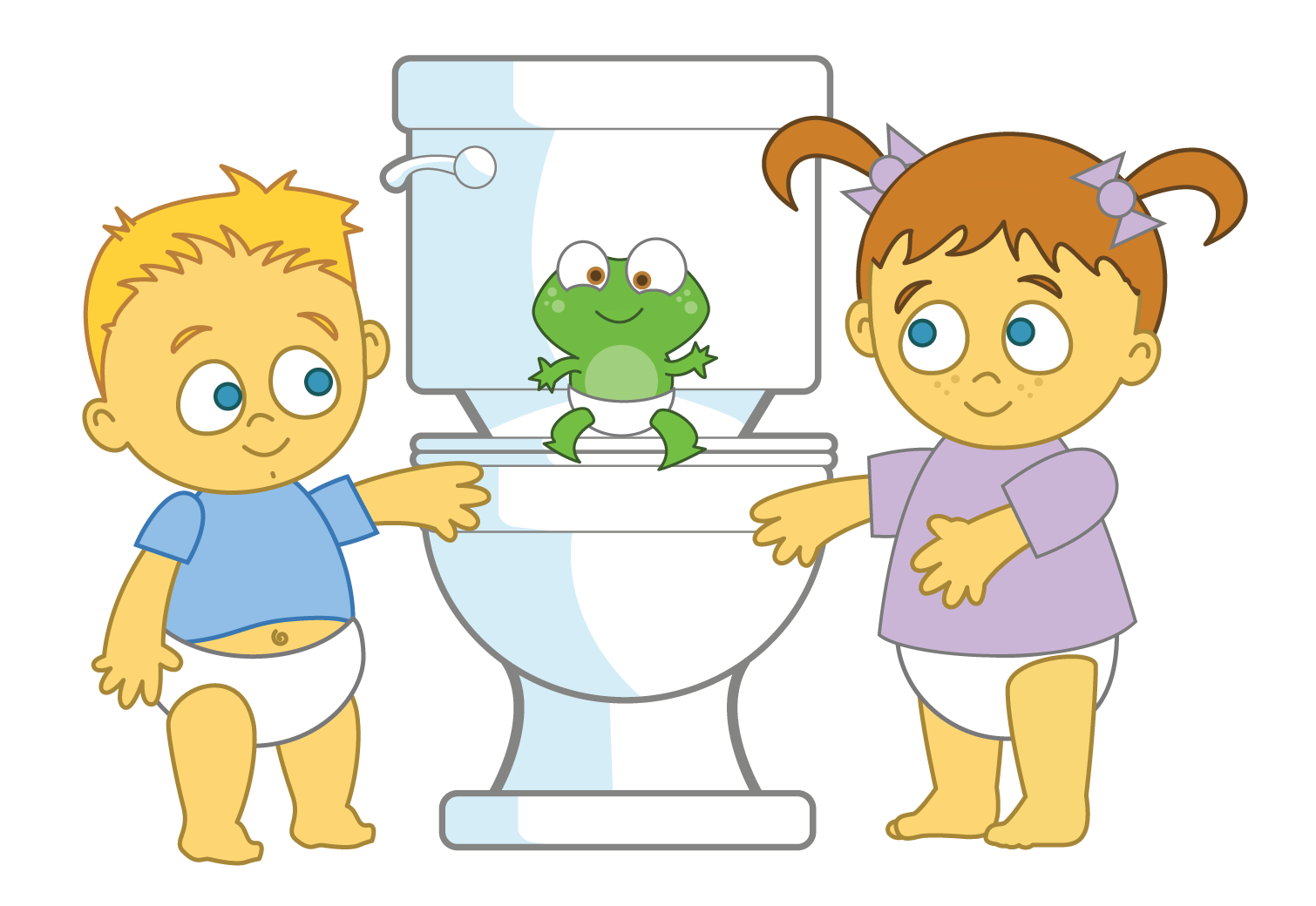By Kim Fries, MA CCC-SLP

Kim Fries is a Signing Time Academy instructor as well as a speech therapist. Here she takes us through some tips and techniques for helping potty train a child with autism that she has successfully used and seen implemented over the years. Kim can be reached through her website at www.LittleHandsFL.com and via Facebook at www.facebook.com/LittleHandsFL
There has been a lot of interest on the Potty Time website, Facebook page, and here on the blog, about potty training children with special needs, especially children who have an Autism Spectrum diagnosis. As a mom of a child on the spectrum and as a pediatric speech therapist, I have worked with many children, families, and occupational therapists to address potty training. Here are a few tips, tricks and suggestions I have used, heard and learned.
To successfully potty train, a child needs to be able to communicate things such as basic wants and needs during the day in a way other than crying or tantruming. This communication does not need to be verbal. It can be gestural, through sign language, with a Picture Exchange Communication System (PECS) or any other means, so long as the child is able to communicate what he wants.
If you are not aware of your child’s bathroom schedule, try tracking food/drink input and bathroom output for a few days and find the pattern. Most children are predictable with their bowel and bladder elimination. Once you track it, you may find things like your child will urinate 20 minutes after drinking or have a bowel movement around 2 pm each day (for example). She will have her own schedule. If you are also dealing with gastrointestinal issues, like constipation, be sure your child gets plenty of fluids and fiber to help move things through.
Occupational therapists I have worked with often address not only the self-help skills of undressing and dressing and hand washing, but also the sensory component of the bathroom. Children with ASD diagnoses are often over or under sensitive to their environment. This may include things such as:
- A decreased awareness of the need to urinate or have a bowel movement
- A decreased awareness of a wet or soiled diaper
- Disliking the cold toilet seat
- Disliking the disinfectant smell in the bathroom
- Disliking the echo and/or loud flush
- Liking to watch the spinning toilet paper.
You will have to find your child’s sensitivities and arrange your bathroom accordingly.
Pick the method you are going to use for training and stick with it for a while. If after giving it enough time, you find your method isn’t working, it is okay to switch. Just remember that it often takes time to adjust to new routines. If your child is in childcare or preschool, find out what they are doing and keep it the same as much as possible.
Visual cues can help greatly. Use the Potty Time book, songs and DVD and use the signs for the potty time vocabulary. Look in our Resources section for free potty time sequence cards to print and display in the bathroom. You may even want to use a program such as Boardmaker to create a visual schedule to hang on the wall in the bathroom. Talk to your child’s teachers and therapists and have them help you create a system that works for your child’s particular needs.
Be sure to ease into potty training and have a reward/reinforcer ready. This could be a small edible (M&M or skittle type candy), a favorite character sticker or access to a favorite video or toy. Start small and slow. Have your child enter the bathroom fully clothed and sit on the potty while fully clothed. When that is comfortable for your child have him pull pants down and sit on the potty. You may even need to start with pulling pants down and back up while near the door and then move toward the potty. It all depends on your child’s tolerance for change, new routines and sensitivities. You can always ask an occupational therapist or behavior specialist for advice.
 Do not punish or give negative consequences for non-compliance or accidents. Potty training should be positive and rewarding for your child. You will get there.
Do not punish or give negative consequences for non-compliance or accidents. Potty training should be positive and rewarding for your child. You will get there.
So now, “What time is it?”
“Potty Time!”

i really enjoyed your suggestions for potty training. my son has DS and a sensory integration disorder. he is 5 and still no interest in potty training. thank you. good to know i am not alone.